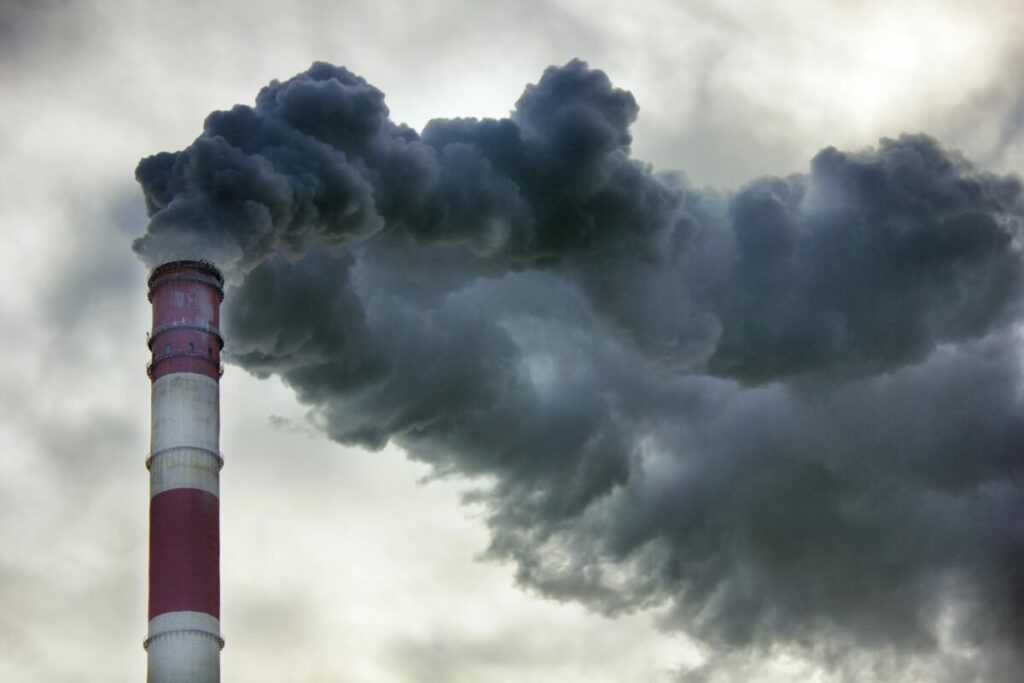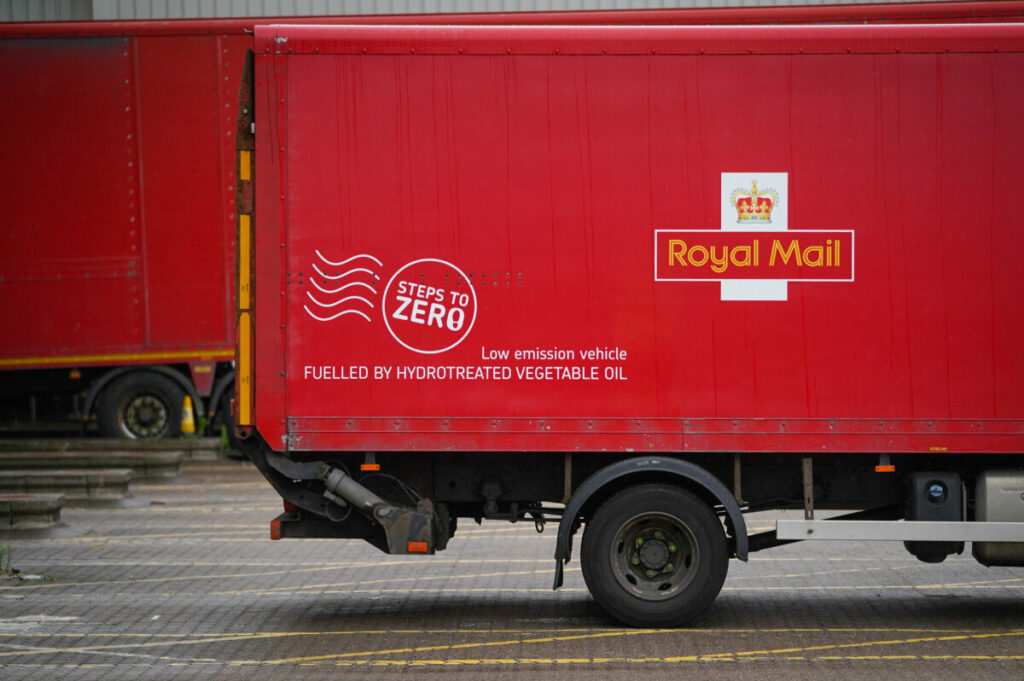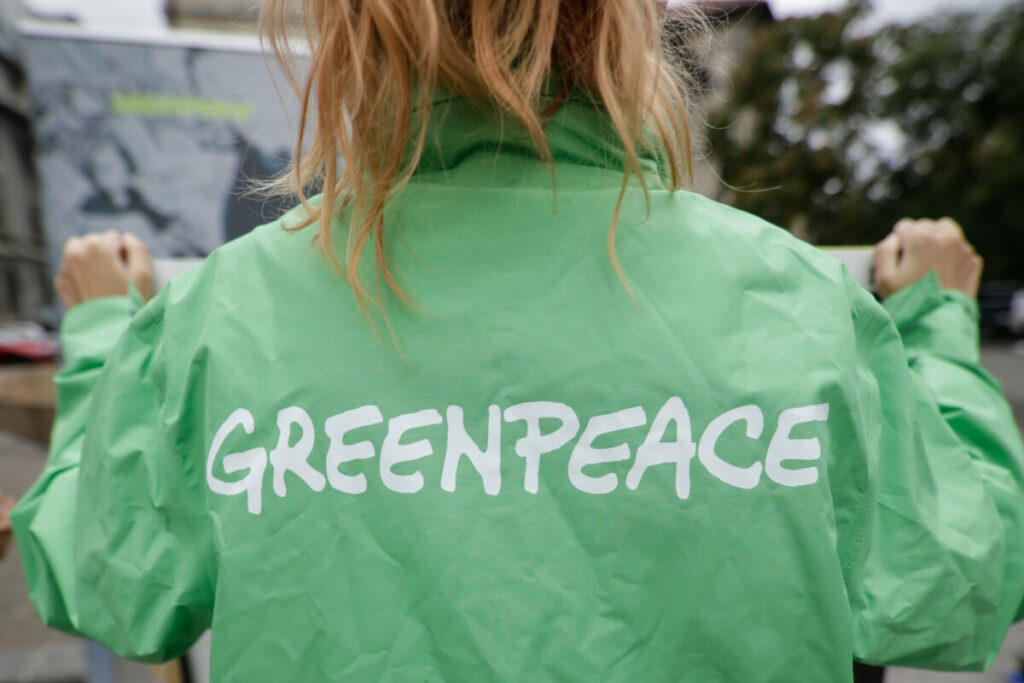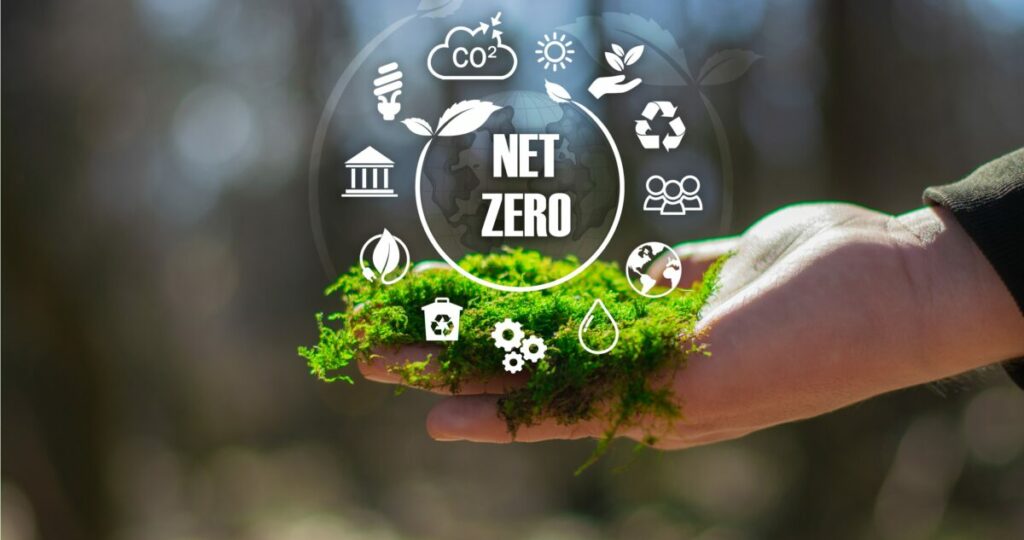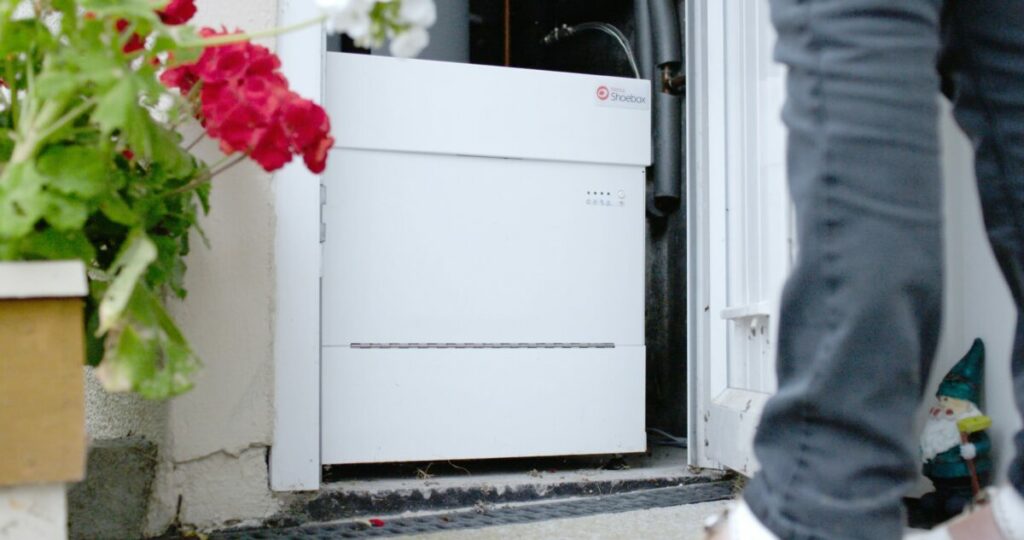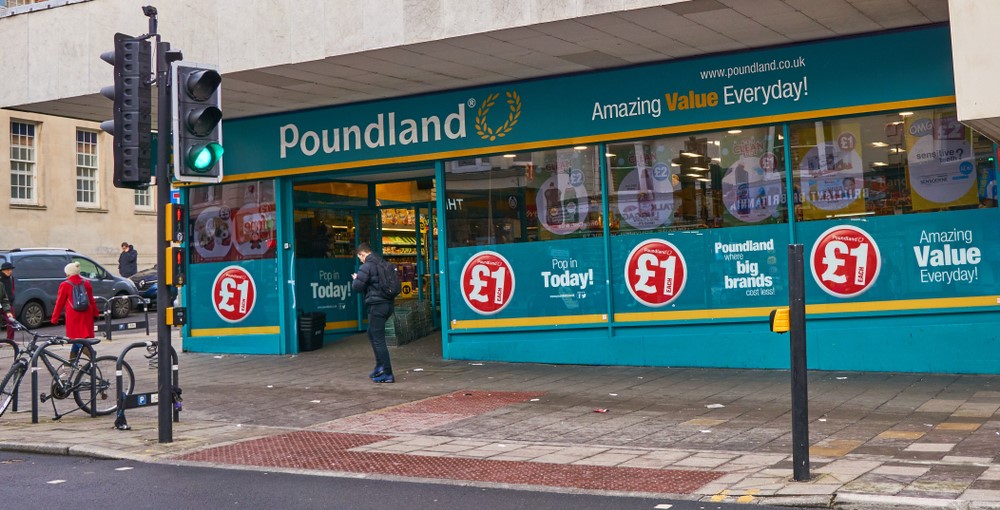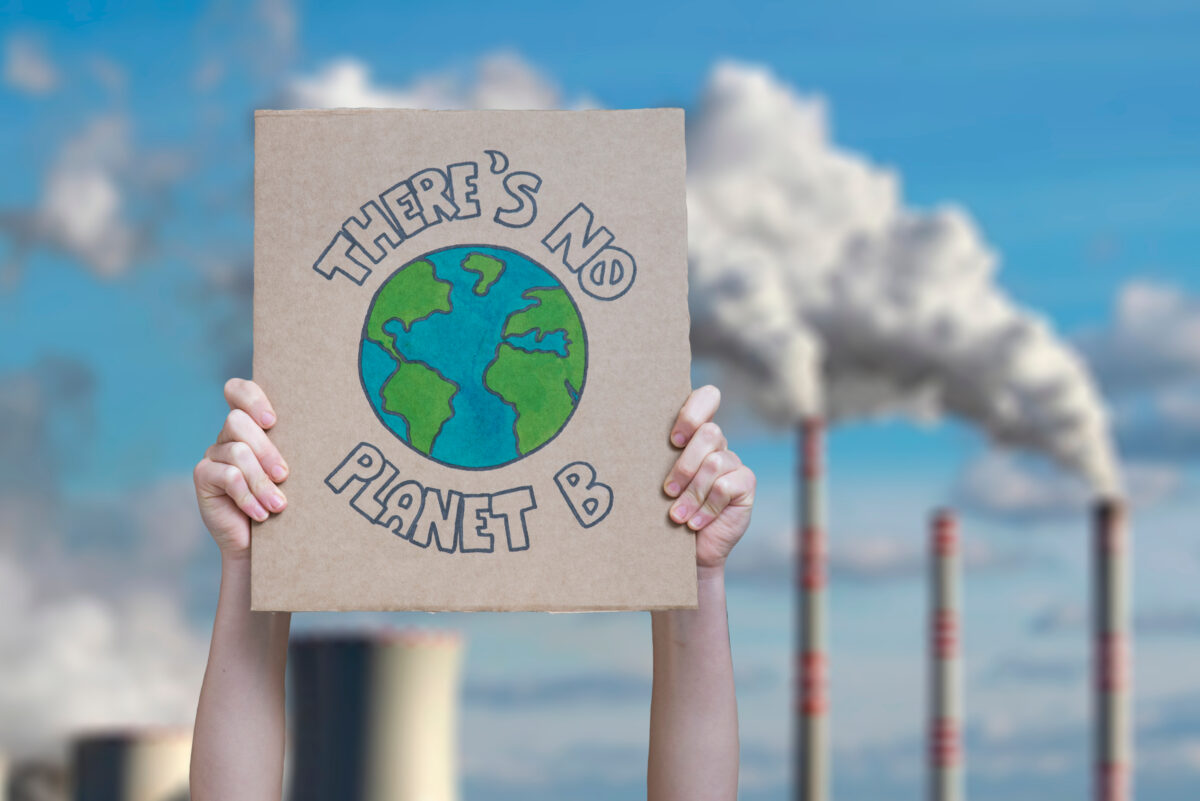The digital waste produced in marketing and advertising currently contributes to around 3.5% of global greenhouse gases every year. That’s more than the global C02 emissions produced by the aviation industry every year…
Businesses are wasting this digitally-generated carbon due to inefficient frameworks, with poorly used marketing and advertising tech platforms wasting both time and money – leading to more digital waste, higher energy consumption and greater carbon emissions.
Myles Peacock, CEO at Investis Digital, takes a look at how brands are responding to the increasingly problematic digital waste crisis.
The old ‘If a tree falls in a forest’ adage is mighty relevant for the 31% of online adverts that are never seen or heard by anyone. But, just like a forest full of fallen trees, the silent impact of unseen ads is causing unmanageable levels of environmental damage.
A dense and competitive tech market, coupled with brands desperately trying to keep up with digital trends, has aggravated the waste issue. The average marketer now uses six different tech platforms according to a recent Forrester and Investis Digital (iDX) report – most of which don’t work with each other.
Add in the wasted efforts from unseen adverts and duplicated content from mismanaged communication, and it’s clear that we’re only seeing the tip of the iceberg when it comes to digital waste.
Mo tech, mo problems
It’s estimated that businesses will spend $4.7 trillion on marketing by 2025. That increase in spend – highlighted in the IPA Bellwether report for the second quarter of 2023 – comes amid rapid growth in the tech stacks required to run complex campaigns.
But with more tech comes more problems. 83% of businesses admitted their MarTech/AdTech platforms don’t work well together according to the Forrester and iDX report, and you don’t have to look too hard to see where the problem is coming from.
With so many platforms that brands target their audiences across – Meta, X (formally Twitter), LinkedIn, Instagram, and now Threads – the scale of data being collected is colossal. Throw generative AI and ChatGPT into the mix, and you start to see why brands are drowning in information.
It’s not just environmental digital waste being created, but financial too. As these disconnected data sources don’t integrate together, brands are duplicating efforts and working on ineffective campaigns.
The result is unseen ‘ghost ads’, which use up the same emissions as a roundtrip between London and Boston.
Subscribe to Sustainability Beat for free
Sign up here to get the latest sustainability news sent straight to your inbox everyday
Is sustainability a priority for brands?
Brands have been slow to respond to the large and growing digital waste issue, but it’s a broader sign of recent ESG and sustainability strategies that are a bigger cause for concern.
In fear of being branded as greenwashing, brand sustainability strategies are becoming conflicted. In light of political and consumer backlash against the term and a perceived lack of action, McDonald’s recently went as far as to remove mentions of ESG from their website.
McDonald’s isn’t the only brand at fault. Only 74 S&P 500 companies mentioned ESG on conference calls held during Q1 2023 earnings, while there are still almost daily news stories on companies being accused of greenwashing.
When it comes to communication information on ESG strategy and carbon offsetting. there can be serious implications for brands. The Advertising Standards Authority (ASA) rules that carbon offsetting information must be included in claims, with specific references to the supplier used, or face financial punishment.
When it comes to ESG, brands need to communicate transparently and honestly. But with consumers, employees and investors all keeping an eye on sustainability efforts, brands need to back this up with more action.
What can brands do to reduce digital waste?
To reduce waste, brands need to reduce their disconnected tech stack.
The first step is to connect the dots between content, ads, and audiences. Not only can this help reduce the huge streams of waste being produced, but it also reduces the likelihood of unnecessary work, duplicated efforts, and ads going unseen.
Going back to basics and focusing on better taxonomy is one way to do this. Once brands have a better understanding of their data, they can start to see where and how waste is being created – and where it can be reduced. But it can also allow for faster, more accurate, and more informed decision-making during campaigns that can then lead to better ones in the future.
With better connections, brands can optimise existing platforms, reduce digital waste, and get back to who they need to be talking to most: their audience.
The importance of brands walking the walk
With digital waste streams showing no signs of slowing down, brands need to become the sustainable change that many of them claim to be.
By bringing platforms, content, and data all under one roof, brands can start to examine the greatest areas of digital waste production and figure out ways to combat it. Not only can this reduce environmental waste, but there are significant cost savings to be had from bringing everything together.
With more and more consumers demanding to see change, brands can’t just talk about sustainability efforts any more. The term ‘greenwashing’ gets banded around a lot these days, and brands can ill afford to give people any reason to use it on them.





